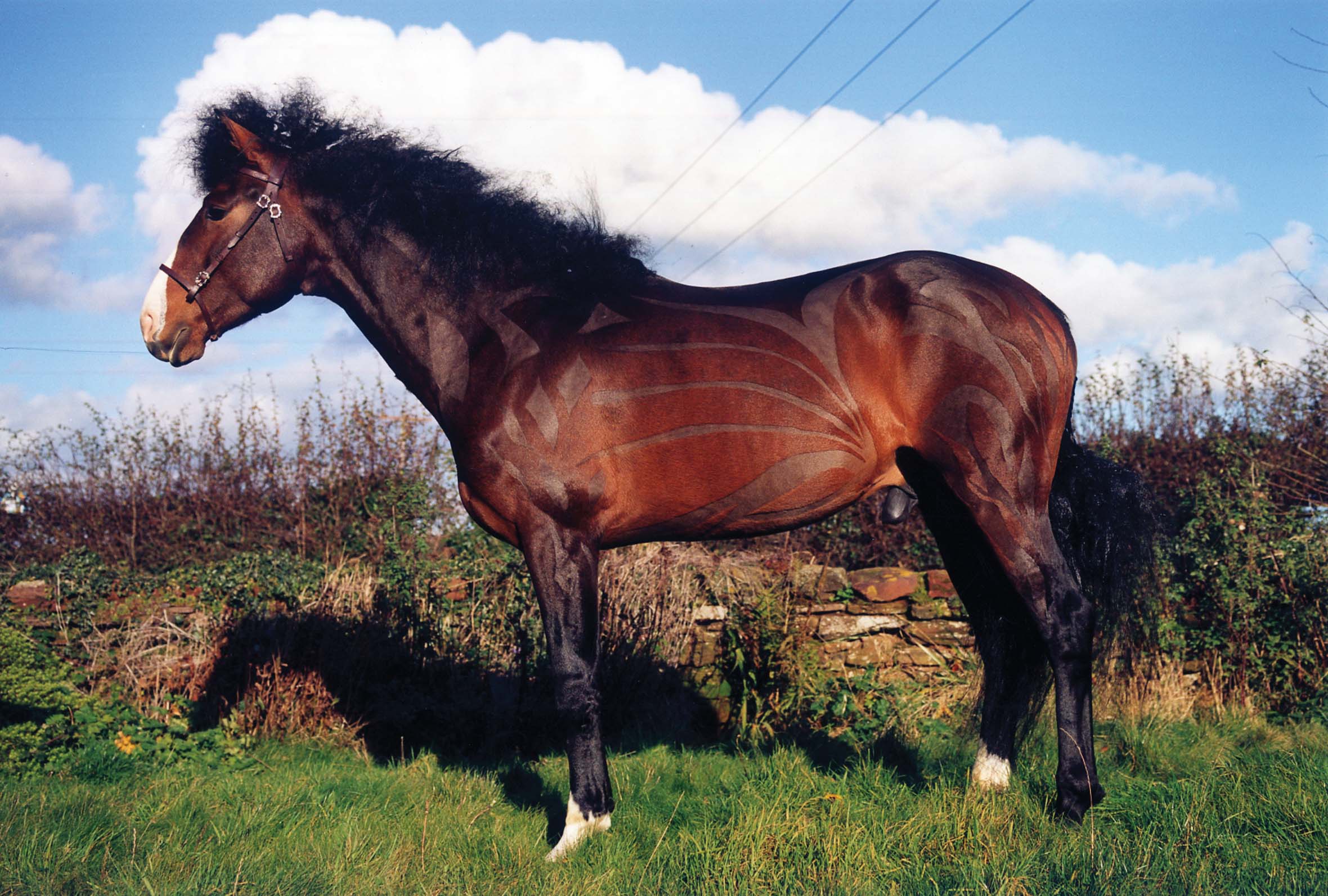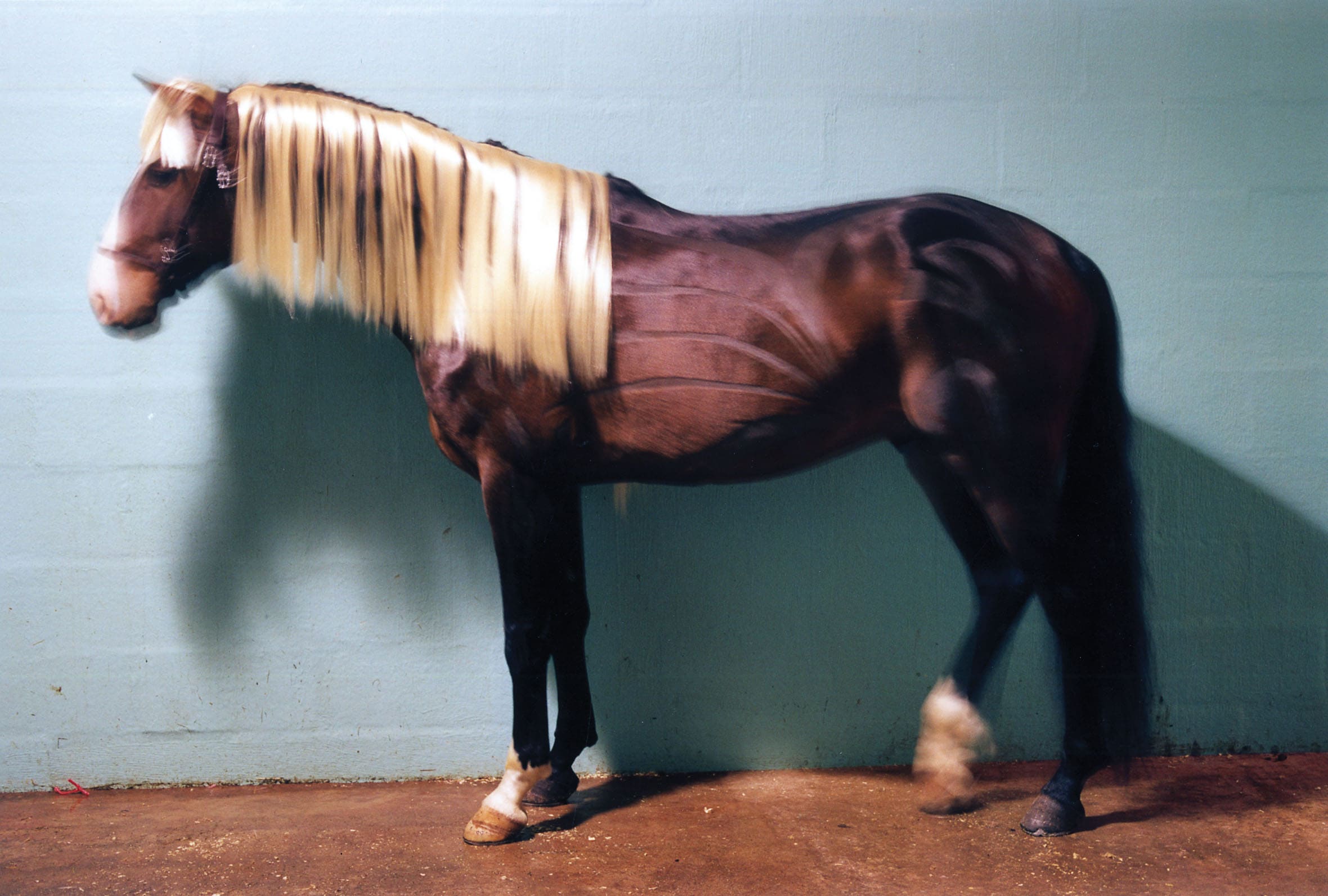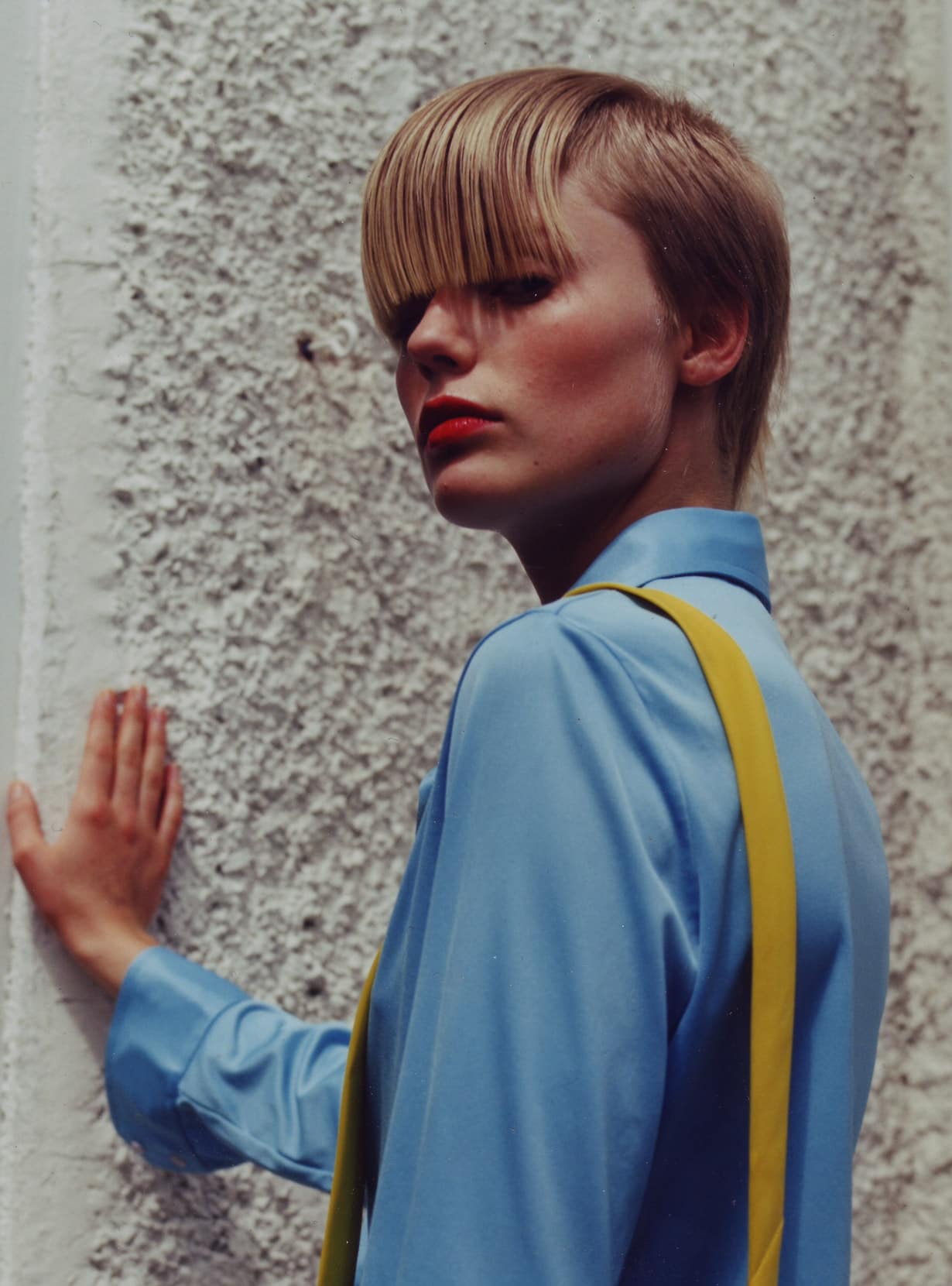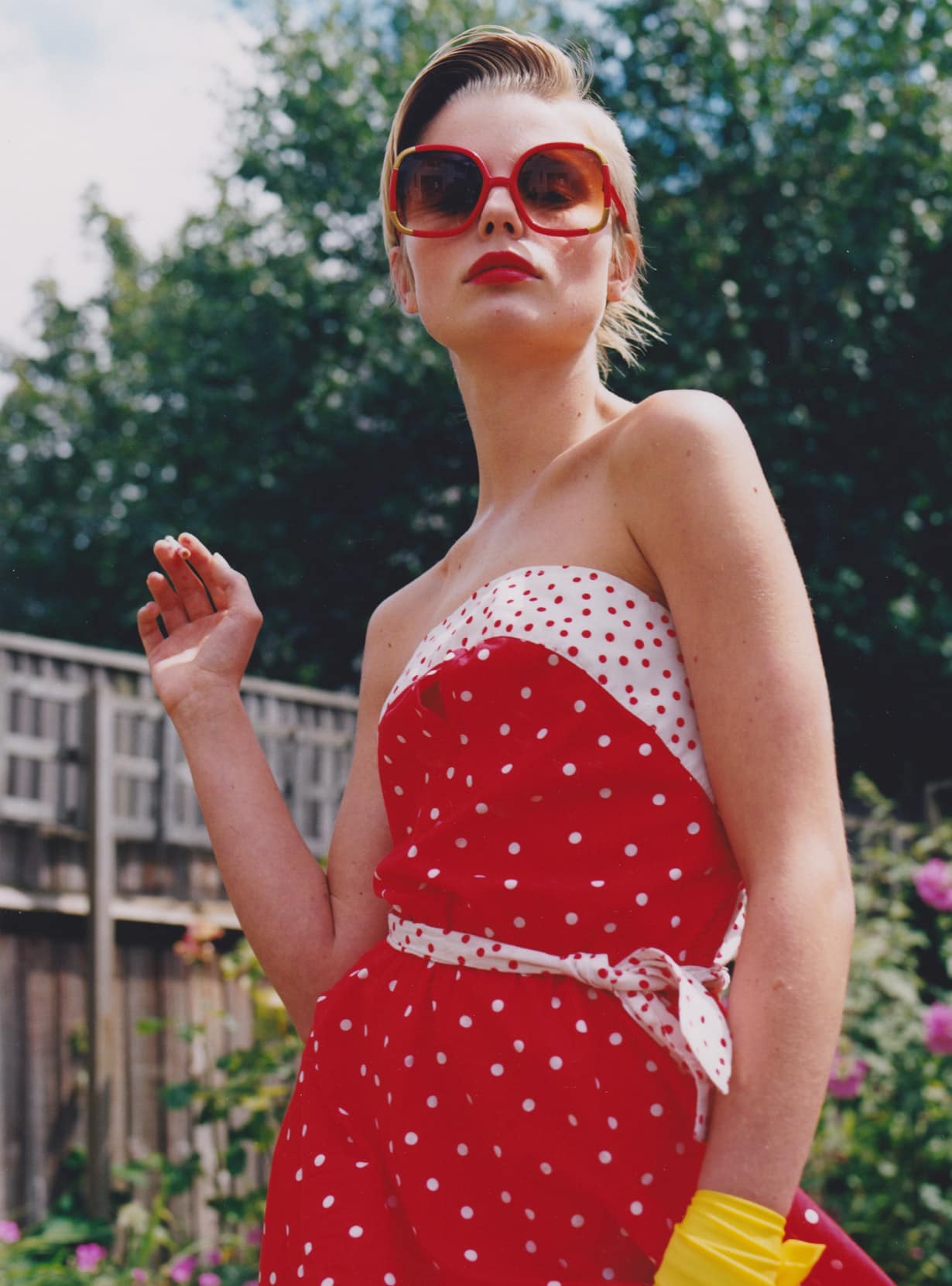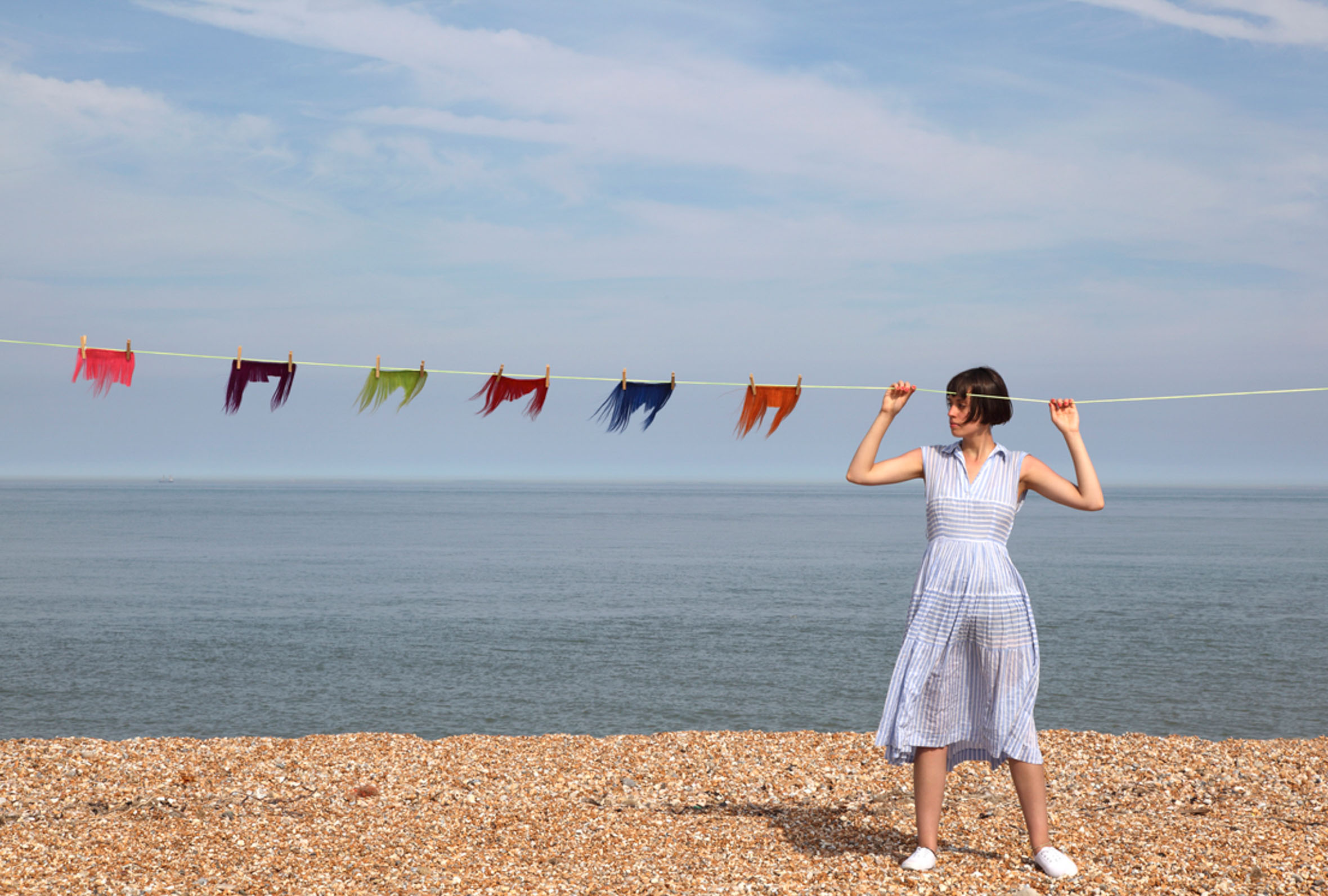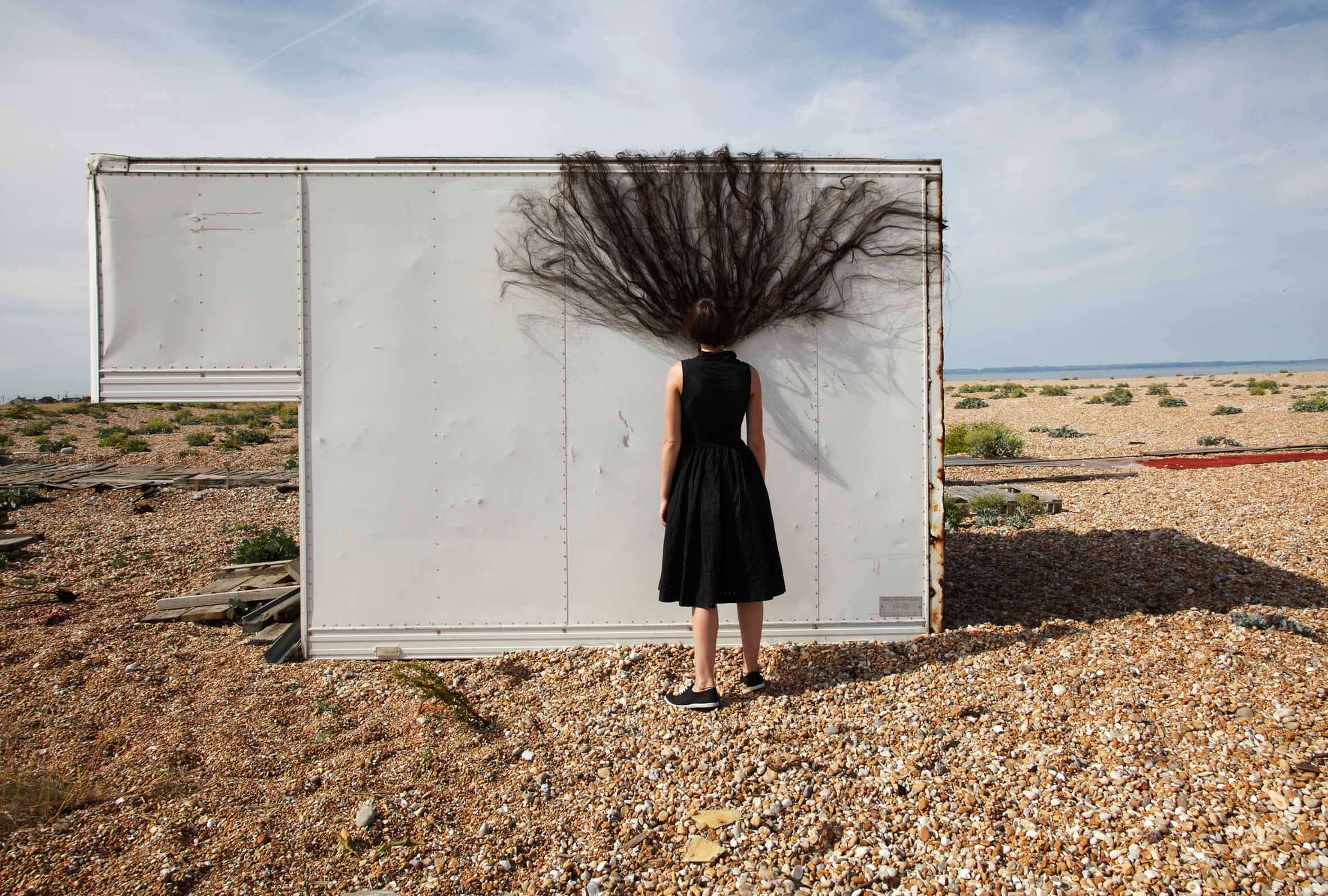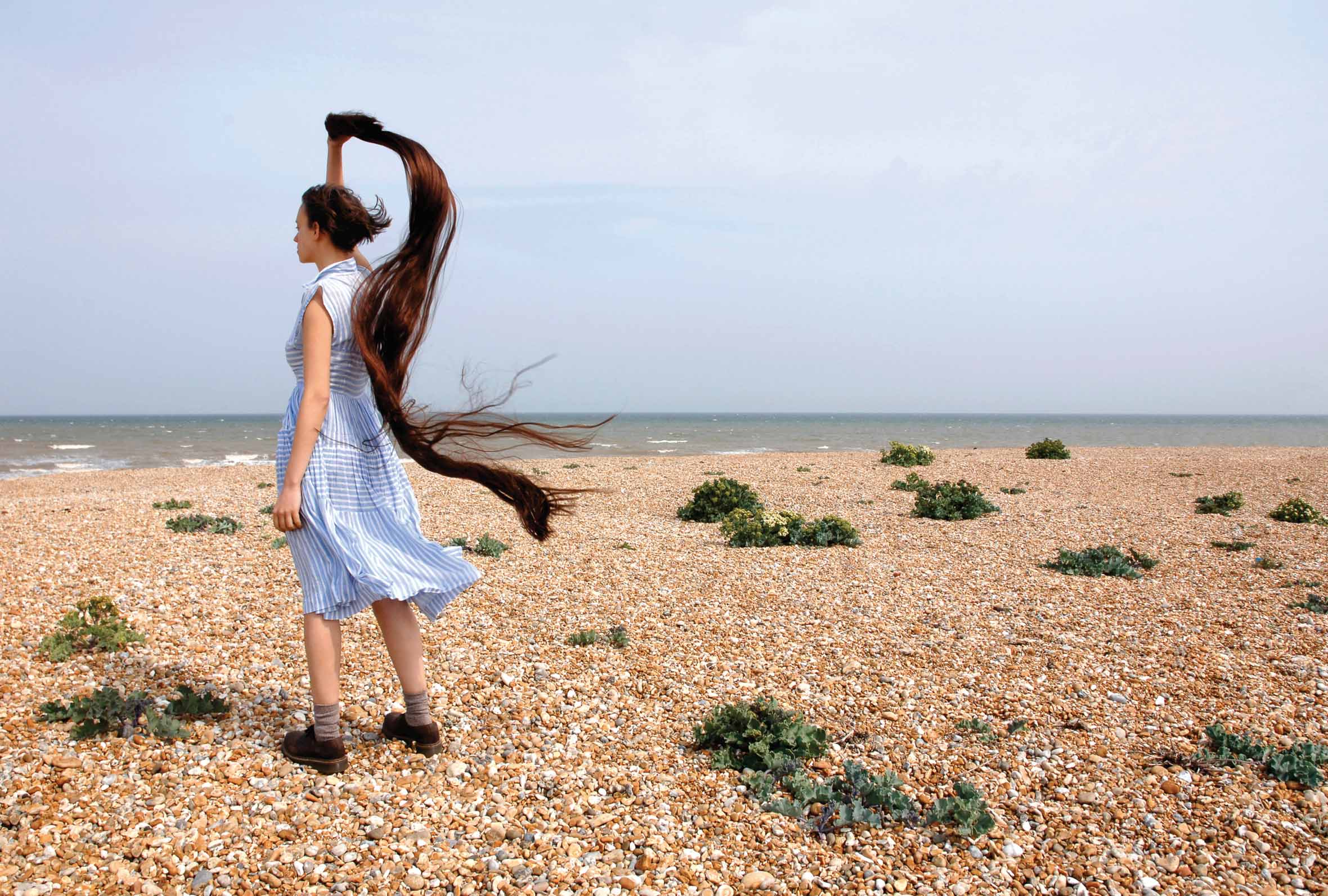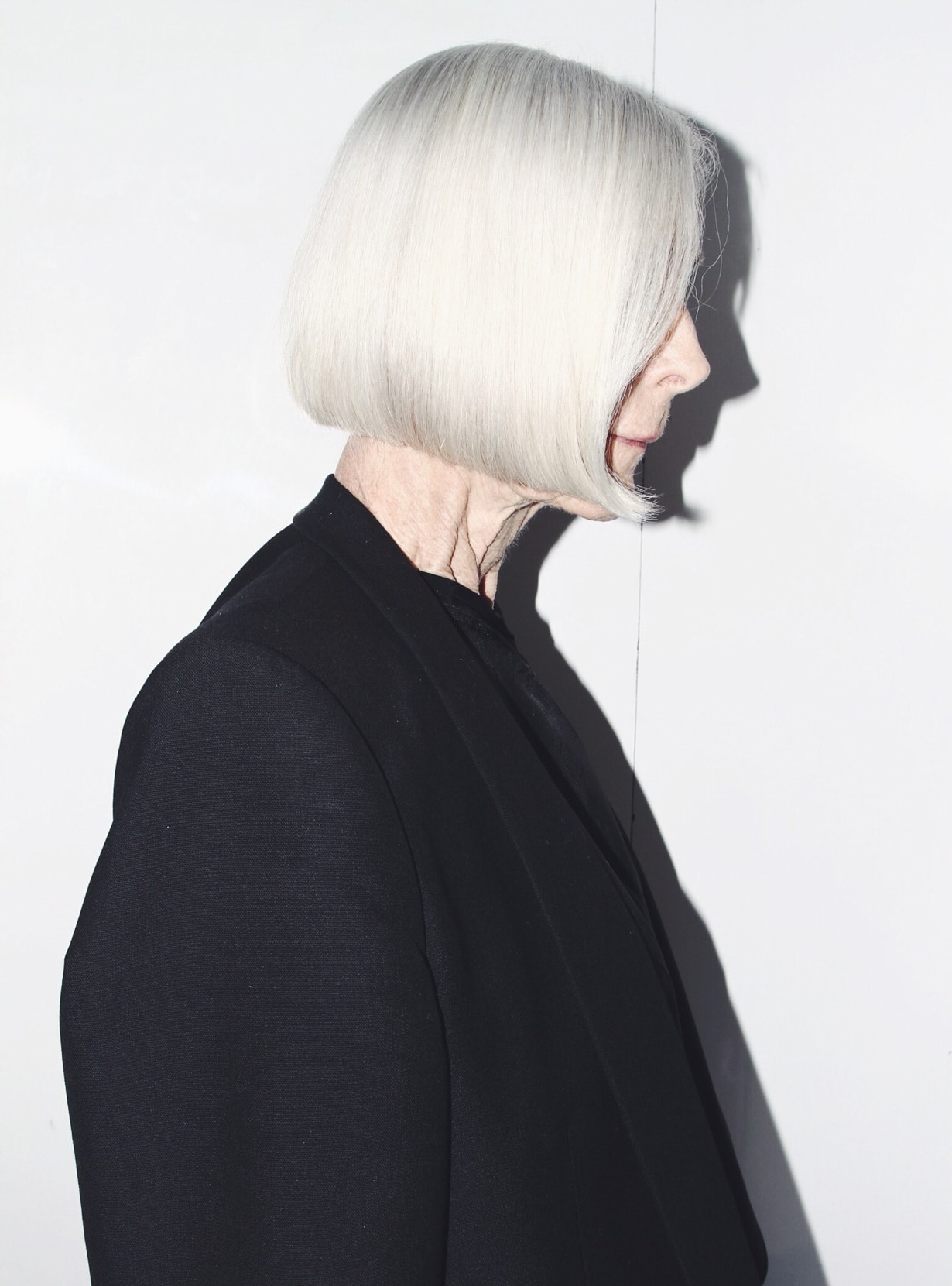PEOPLE: Gianni Scumaci on becoming Sassoon’s youngest ever Creative Director and the social function of the hairdresser
Images: Colin Roy, Tim Walker, Tomoko Nagakawa
Interview: Emma de Clercq
Words: Alex Mascolo
Special Thanks to Gianni Scumaci
Third generation hairdresser Gianni Scumaci grew up surrounded by all things hair. Living above the family barbershop in Lincoln, he began teaching hair cutting techniques to other hairdressers on stage at a staggering 13 years old. At 21 he became Sassoon’s youngest ever Creative Director. His career has since spanned all aspects of the hair industry: the salon, session and education. In 2000, Scumaci created ‘The Fanni’ haircut which received global acclaim, even becoming a question on Trivial Pursuit. Since then his work has graced the pages of publications including Vogue and i-D Magazine and he works closely with renowned photographers including David Bailey, Patrick Demarchelier and Tim Walker. Scumaci is passionate about bringing the subject of hair creativity to a wider audience, and regularly speaks at symposiums discussing ‘the hidden intelligence of the hairdresser’. INFRINGE spoke to him about his many projects.
In 1999 you became Sassoon’s youngest Creative Director. Can you tell us about your relationship about Vidal? My mum was a successful hairdresser in the 70s, she taught me all about the history of hair and about Vidal Sassoon. So he was this hero figure I was brought up with from a young age. When I first came down to London, Vidal was sponsoring London Fashion Week and I blagged my way in with my kit and pretended I was with the team. I got all the way to the press office when the PR lady asked me why I was really there. So, I was honest and Vidal agreed to see me. He asked what shows I had come to see and I went bright red as I hadn’t come to see any. He invited me to join him at the McQueen show, it was an experience I will never forget. I nearly got run over by a bus as I walked back out, I couldn’t quite believe what had just happened to me! From that point on I started to write letters to him, he would always reply and was interested in my progress, and was very generous to me later in life as well. So for me it was a relationship that was very special and unique in my life at the time and will always remain so.
Would you say that was the most memorable experience of your career so far? I’d say my most memorable experience was actually later when I created ‘The Fanni’ haircut. At that time I had a great relationship with Models1 and one day they called me up saying, “we’ve got this girl from Sweden and we don’t know what to do with her hair”. I gave her an undercut, very short and tight on the sides but I left a veil of length in the centre section, running into the eyes and through the back almost like a mullet. The haircut really took off and became global; Gucci, Jil Sander and Gap all used her in their campaigns, dictating the way hair was shown that season.
You regularly speak at symposiums, discussing the social function of the hairdresser. Is this something you feel strongly about? Definitely, I’m really passionate about bringing our industry into the perspective and awareness of a wider audience. I think it’s really important for hairdressers to see themselves in a good light as when creatives go through the schooling process it can devalue their way of learning. If you are a visual person and have a visual way of understanding and communicating information then it can be quite challenging in an environment that doesn’t cater for you. It makes you question your intelligence. I look for platforms and brands to collaborate with to pass on that message. I have spoken at international fashion festivals and companies like Apple and Nike. To talk to such diverse groups of people who were so interested and enthused with the message I was bringing was wonderful.
What are you working on at the moment? I recently completed a project with the drag troupe Sink the Pink. I met the creator of the movement, Glyn Fussell, three years ago on a shoot with David Bailey. I really wanted to capture who they were as individuals rather than the personas they portray on stage. I got to know them over a long period of time, I have hours of footage of them talking about their backgrounds, their struggles and inspirations. The idea was to have them peeping out of who they were trying to be by removing the wig from the situation. These portraits were later shown at an exhibition during the Edinburgh International Fashion Festival.
- ANTHROPOLOGY OF HAIR
- ANTHROPOLOGY OF HAIR
- ANTHROPOLOGY OF HAIR
- ANTHROPOLOGY OF HAIR
- ANTHROPOLOGY OF HAIR
